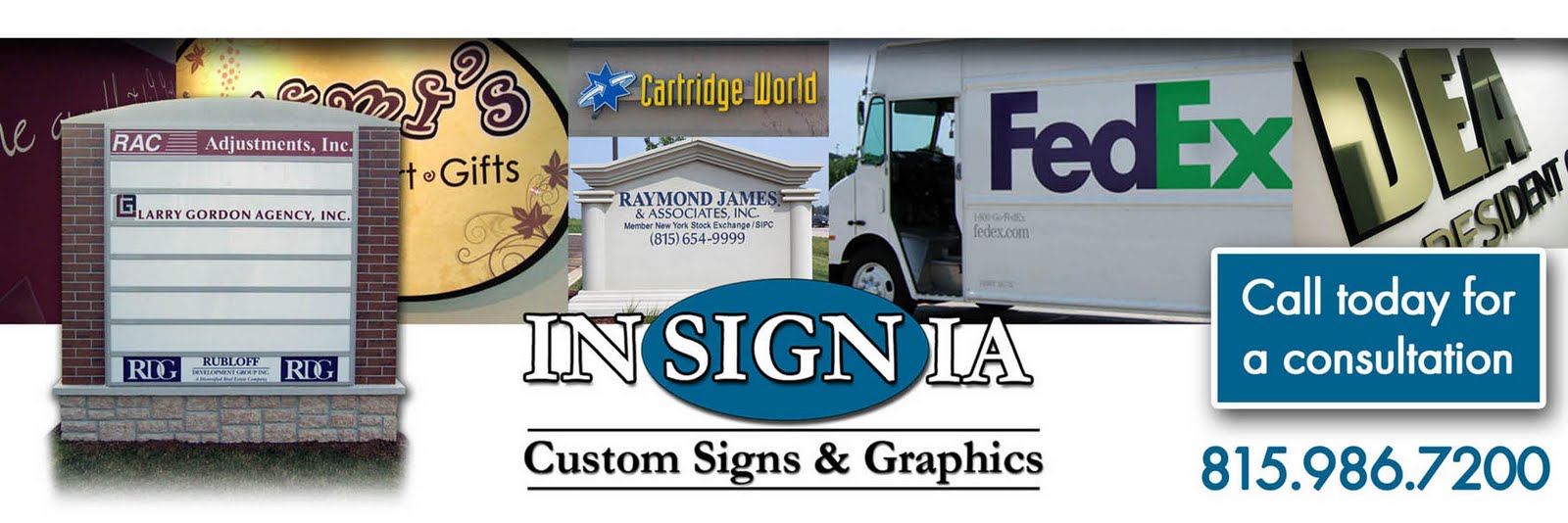 Walgreens utilizes signs to remarket themselves. Look out CVS!
Walgreens utilizes signs to remarket themselves. Look out CVS!~Amy Donahue
Signage Consultant Walgreen Co. is about to get a new look as the drugstore chain expands a test to make the stores more open, more colorful and easier to shop.
The Deerfield-based company is adding more food and wine, expanding its beauty aisles and preparing this summer to bolster electronics. The retailer is also lowering the heights of shelves and installing bigger and more colorful signs to help shoppers navigate the aisles.
The new format, called customer-centric retailing, is slated to roll out to 2,500 to 3,000 stores by this fall from 700 now, said Walgreens CEO and President Gregory Wasson in an earnings conference call Tuesday.
The company's first test was concentrated in Houston and Dallas. Wasson declined to reveal where the next test market will be.
"As we've said before, this is an ongoing process with many checkpoints along the way to allow us the opportunity to tweak and refine as needed," said Wasson. "As we move into the next phase, we'll continue to build sales, take work out of stores, lower inventory and, most importantly, improve our customers' overall shopping experience."
As part of the makeover, Walgreens eliminated about 3,500 products from stores to focus on fewer, better-selling items. The move culled $500 million of inventory and lowered labor costs as restocking was reduced.
Almost 40 percent of Walgreens sales come from the front end of the store, the industry term for everything that doesn't come from the pharmacy.
Sales at the 31 pilot stores are up 2 percent, outperforming a control group of stores and suggesting that the makeover will spur revenue growth, Wasson said. Market share in Houston and Dallas remained unchanged to up slightly as the stores changed over, a result the company said was encouraging. Stores were converted for about $40,000 to $50,000 each.
While only 30 percent to 40 percent of Walgreens stores will make the change to the new format this year, all of the 7,180 drugstores nationwide will dedicate more space to skin care and vitamins. And 5,000 stores are on track to carry beer and wine by the end of the year.
"We believe initiatives to improve both shopping experience and inventory management remain on track," said Standard & Poor's equity analyst Joseph Agnese in a Tuesday report, rating Walgreens shares a "buy."
Details of the store makeovers came as Walgreens reported net income for its second fiscal quarter, which ended Feb. 28, rose 4.6 percent, to $669 million, or 68 cents a share, from $640 million, or 65 cents, a year ago. The latest quarter included restructuring charges of 2 cents a share.
Sales rose 3.1 percent, to $17 billion.
Sales at stores open at least one year, a key retail metric, fell 0.2 percent from the year-ago quarter. Front-end same-store sales fell 1.6 percent, dragged down by the weak demand for discretionary goods and by lower demand for cough, cold and flu products, the company said.
Pharmacy sales rose 3.2 percent as the company sold more 90-day prescriptions in stores, an offering previously available only by mail. Pharmacy same-store sales rose 0.6 percent.
Walgreens closed at $35.91 a share, up 1.6 percent, in New York Stock Exchange composite trading.
. March 24, 2010









